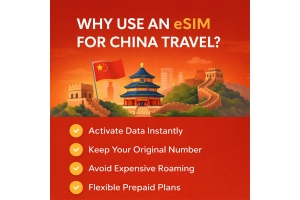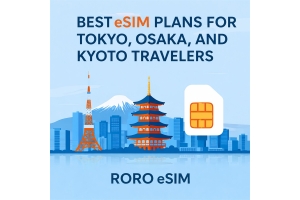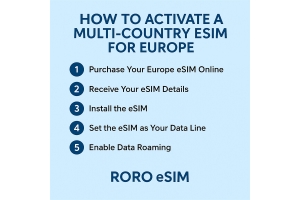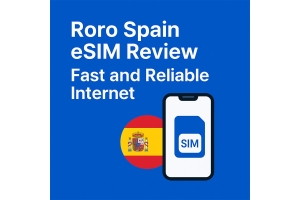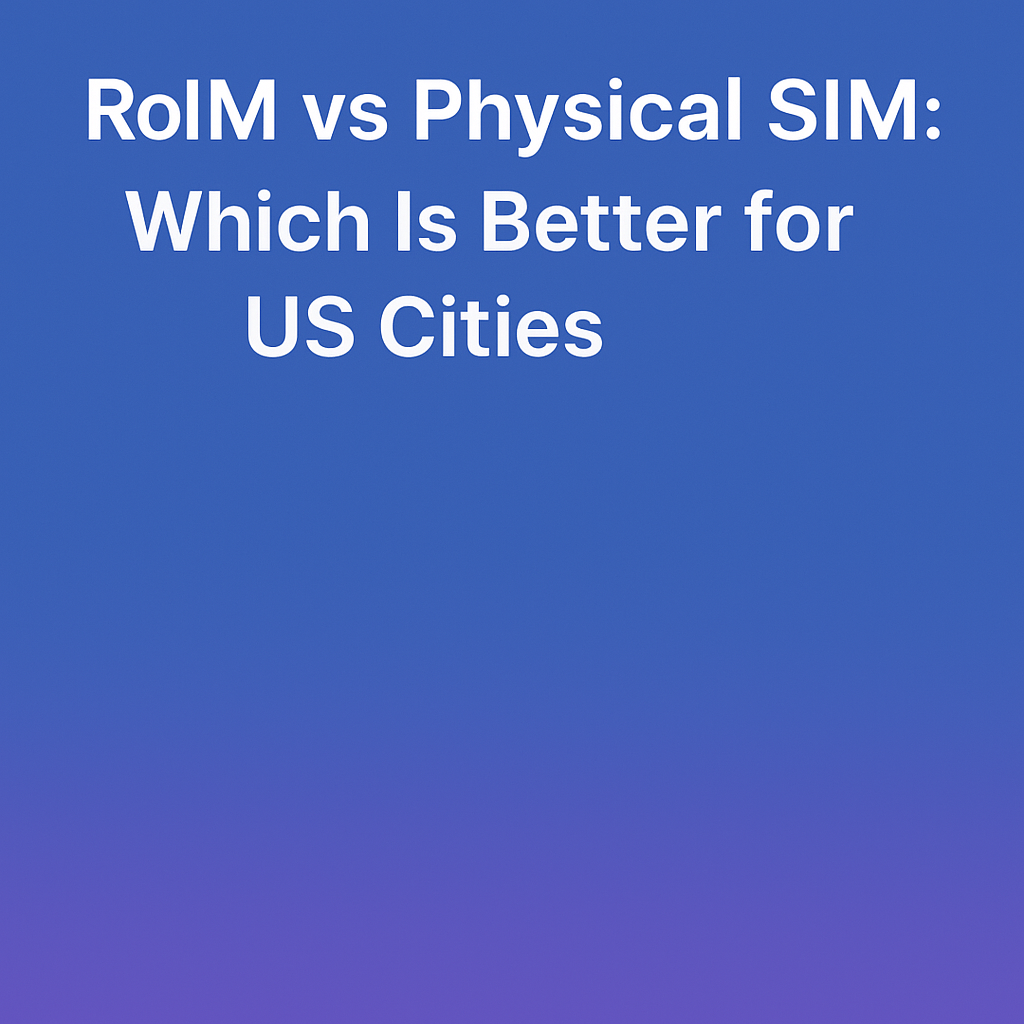
As we move further into 2025, the debate between eSIMs and physical SIM cards has become more relevant for travelers, global business users, and tech-savvy consumers alike. Services like RORO offer both options, but the question remains: which one should you use? Let’s break down the advantages and disadvantages of each so you can make an informed choice.
An eSIM (embedded SIM) is a small digital chip built directly into your device's hardware rather than being a physical card you insert. It holds the same information (such as your carrier credentials and subscriber identity) as a traditional SIM, but you can program it remotely and manage it digitally.
eSIM: Installs via QR code or carrier app and can be activated within minutes. You can switch carriers or add new plans without waiting for a card to arrive. This makes eSIMs ideal for travelers and frequent flyers using providers like RORO — its eSIM plans can be activated before departure, ensuring connectivity upon landing without waiting in line. Physical SIM: Requires you to physically insert the SIM into your phone, which is more time-consuming and requires you to carry or purchase a SIM card in each destination. Winner: eSIM — faster, simpler setup and switch.
eSIM: Cannot be physically stolen, removed, or damaged because it’s built into your device. This protects you against SIM card cloning and theft — features highlighted by providers like RORO eSIM.
Physical SIM: Can be lost, stolen, or damaged, which presents security risks and inconvenience. It can also wear out over time. Winner: eSIM — more secure and durable.
eSIM: You can store multiple profiles and switch between different carriers or plans in a few taps. For example, you can switch from a local U.S. plan to a European plan without inserting a new SIM. This is a key advantage for international travelers.
Physical SIM: Switching networks often means purchasing a new card and inserting it. You can only use as many networks as you have slots (usually one or two).
Winner: eSIM — seamless switching, especially valuable for travel.
eSIM: Supports virtually all new flagship devices — iPhone 17, Samsung Galaxy S25, Google Pixel 10 — but older phones, midrange devices, and some budget models may not support it. Physical SIM: Compatible with nearly every phone as long as it has a SIM slot. Winner: Physical SIM — still universally compatible.
Physical SIM: Very easy to transfer between phones — simply pop it out and insert it into another device. This is useful for shared devices or multi-device travelers.
eSIM: Although you can re-provision it, the process is less straightforward and often requires carrier support. If your phone is lost, updating service on a new device is more complex. Winner: Physical SIM — better for quick device switching.
Both eSIMs and physical SIMs offer essentially identical signal strength because they connect to the same cellular networks, including in areas supported by RORO's over-200 global carriers. However, eSIMs have the slight advantage of remote provisioning and smoother transitions between networks when roaming. Winner: Tie — performance is equivalent, but eSIM edges ahead for global coverage.
eSIM: Eco-friendly — no plastic waste, packaging, or transportation needed. It also reflects the industry’s shift toward digital solutions. Physical SIM: Generates waste and continues to require plastic manufacturing and shipping. Winner: eSIM — better for the environment and the future.
eSIM is generally superior for most users in 2025 — especially travelers, business professionals, and frequent flyers. Providers like RORO eSIM make the switch even more advantageous with globally compatible plans, easy activation, and broad carrier support. If your phone supports eSIM, it’s the future-proof and hassle-free choice.
However, physical SIMs still have their place for older devices, multi-device users, or cases where you frequently swap phones. They remain a simple, tried-and-tested solution — though the tide is clearly shifting toward digital.

